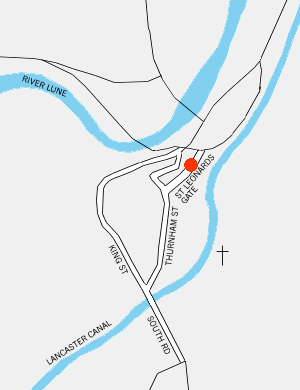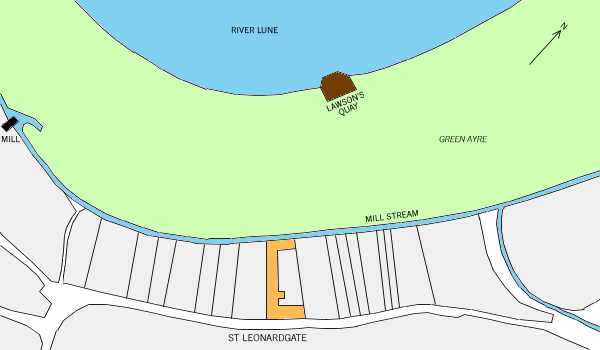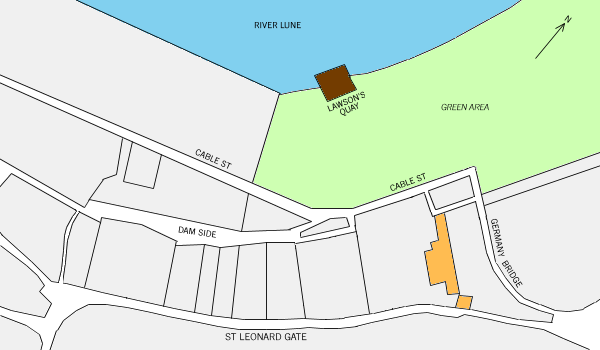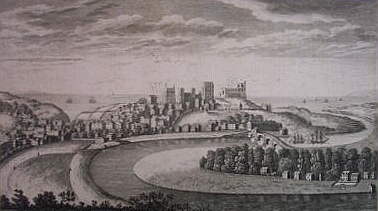<1680 HODGSON John
<1680> LAWSON John
1746 LAWSON Robert, HARGREAVES Henry, ASTLEY Luke
1760 LAWSON Robert, HARGREAVES Henry, ASTLEY Luke + 3 others
<1766 FOXCROFT Robert
1766-9 LAWSON Robert, RAWLINSON Abraham, HARGREAVES Henry, ASTLEY Luke,
BIRKETT Miles, FOXCROFT George
1769-72 LAWSON Robert, RAWLINSON Abraham, HARGREAVES Henry, ASTLEY Luke
1772-3 LAWSON Robert, RAWLINSON Abraham, HARGREAVES Henry
1781-4 LAWSON, RAWLINSON & Co
1790s HARGREAVES James
1810 CROSFIELD, CARSON & ATHERTON
1828-34 CROSFIELD George & Co




